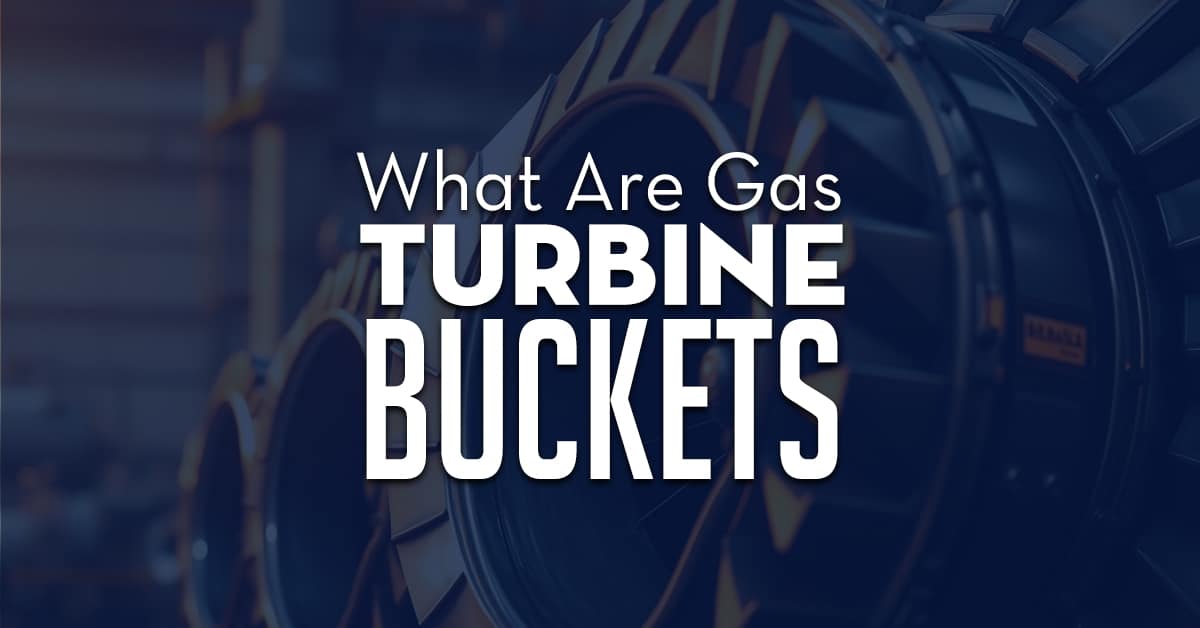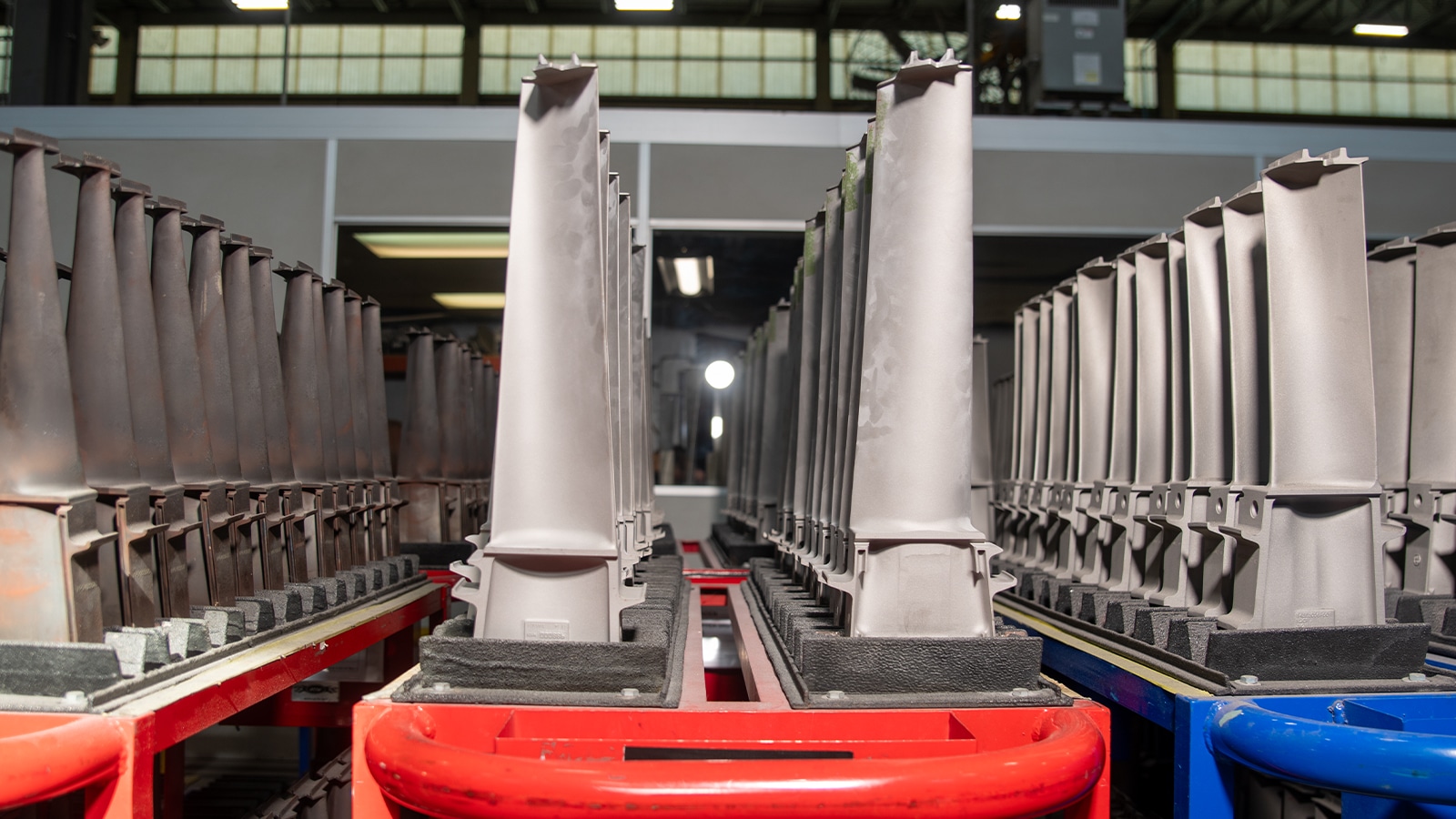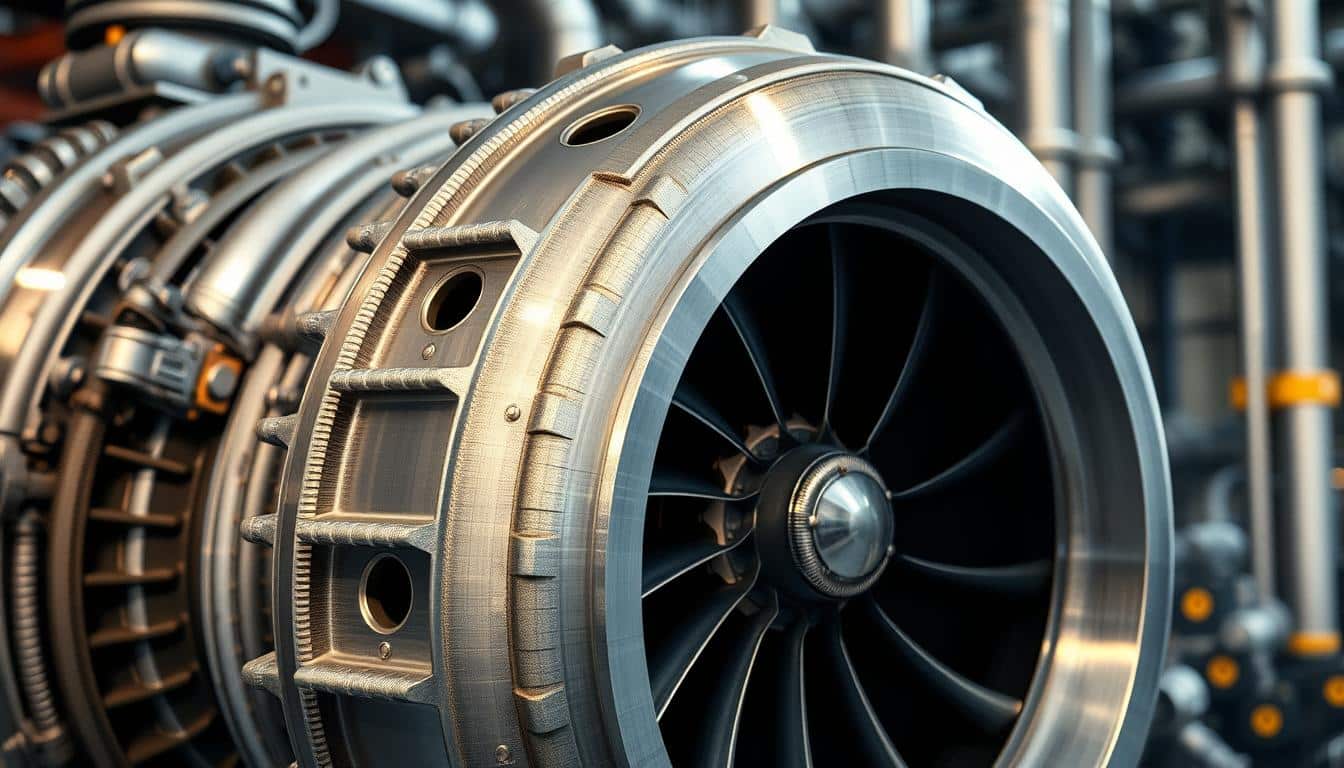Gas turbine buckets are vital in gas turbine engines, converting fuel combustion energy into mechanical power. At Allied Power Group, a leading Houston, Texas-based company, we offer extensive repair services for these components. Turbine buckets, thanks to material and technology advancements, can last up to 30 years. They are key in the turbine section, where gas stream forces push against them and blades, spinning the rotor.
In gas turbines, each stage reuses combustion gas, boosting efficiency and reducing heat loss. The first to third-stage buckets grow in size, accommodating pressure drops. They have cooling holes and are secured to wheels with dovetail fasteners. The turbine shell is essential for maintaining optimal performance by controlling clearances and nozzlepositions.
Our team, with extensive experience, ensures gas turbine buckets operate efficiently. This article explores the design, function, and significance of gas turbine buckets. We’ll discuss their role in the engine, including the compressor, shroud, and nozzle.
Key Takeaways
- Gas turbine buckets have a 30-year operational life due to advancements in materials and technology.
- Turbine buckets are a critical component of gas turbine engines, playing a vital role in energy conversion.
- Each turbine section contains a stationary nozzle directing compressed combustion gas into the buckets.
- Turbine buckets have cooling holes and are attached to wheels using dovetail fasteners.
- The turbine shell is critical for maintaining optimal performance by controlling clearances and nozzle positions.
- Turbine rotor cooling is essential for maintaining operating temperatures and longevity, using cool air flow.
Understanding Gas Turbine Buckets and Their Function
Gas turbine buckets are vital in a gas turbine engine, converting hot combustion gas energy into mechanical energy. The design of these buckets is critical, as they must endure high temperatures and pressures. They are securely attached to the turbine wheel via a dovetail joint, ensuring efficient operation.
The turbine rotor assembly includes two wheel shafts, turbine wheels with buckets, and spacers. Concentricity is maintained through rabbets on the wheels, shafts, and spacers. The casing and plenum facilitate cooling air flow to the buckets. This process expands hot gases through the buckets, driving the turbine shaft and generating power.
Basic Components and Design
The gas turbine bucket consists of a leading edge, trailing edge, root, and tip. It’s crafted from high-temperature alloys to withstand harsh conditions. Turbine blades also play a key role, extracting energy from hot gases.
Role in Power Generation
Gas turbine buckets are essential for power generation, converting fuel combustion energy into mechanical energy. This energy is then sent to the generator, producing electricity. Gas turbines are highly efficient, achieving 20 to 35 percent efficiency in simple cycles.
| Component | Description |
|---|---|
| Turbine Bucket | Converts energy from hot combustion gas into mechanical energy |
| Turbine Wheel | Attached to the turbine shaft, transfers energy to the generator |
| Casing | Provides a radially inward flow of cooling air to the turbine buckets |
Gas Turbine Buckets: Critical Components and Features
Gas turbine buckets are essential to the turbine engine’s performance. Their design and features are key to ensuring optimal operation. The first stage bucket faces the hot gases from the combustor, needing high heat resistance to avoid failure. Cooling holes and a plenum are used to prevent overheating, allowing cooling liquid to flow.
The second and third stage buckets are also vital, redirecting combustion gases against the turbine shroud. This increases energy conversion efficiency. Proper maintenance and repair are critical for optimal performance. The use of advanced materials, like nickel-base superalloys, has enhanced durability and efficiency.
- High heat resistance to withstand extreme temperatures
- Advanced cooling systems, such as bucket cooling holes, to prevent overheating
- Durable materials, such as nickel-base superalloys, to ensure longevity
- Efficient design to maximize energy conversion and minimize losses
In summary, gas turbine buckets are critical components needing careful design, maintenance, and repair for optimal performance. Advanced materials and cooling systems have improved their efficiency and durability. This makes them a vital part of modern gas turbine engines.
Common Issues and Maintenance Requirements
Gas turbine buckets are vital components that need regular upkeep to avoid erosion, corrosion, and thermal fatigue. At Allied Power Group, our team of experts is committed to delivering thorough maintenance and repair services for gas turbine parts. This includes turbine bucket repair and gas turbine maintenance.
The maintenance schedule for gas turbine buckets varies based on several factors. These include the turbine type, operating conditions, and usage. Regular inspections can spot issues early, preventing major problems and reducing downtime and repair costs. For example, a Combustion Inspection (CI) is done every 8,000–12,000 running hours. A Hot Gas Path Inspection (HGPI) occurs after 24,000 running hours from the last Major Inspection (MI).
Wear Patterns and Damage Types
Gas turbine buckets face different types of wear and damage. This includes leakage in the second stage nozzle and issues with the main flow path. Compressor discharge air can also cause problems if not managed correctly. Our team is skilled in identifying these issues and providing timely repairs to maintain performance.
Maintenance Schedules
Following a regular maintenance schedule is key to optimal performance and avoiding unexpected downtime. This includes inspections, repairs, and replacements as needed. By partnering with our team at Allied Power Group, you can rest assured that your gas turbine components are well cared for. Your turbine bucket repair and gas turbine maintenance needs will be met.
Conclusion: Expert Turbine Bucket Services at Allied Power Group
In conclusion, gas turbine buckets are critical components that play a vital role in the performance and efficiency of turbine engines. At Allied Power Group, we understand the importance of proper maintenance and repair for these essential parts. Our team of experts in Houston, Texas is dedicated to providing exceptional gas turbine bucket repair and turbine bucket maintenance services to our customers.
Whether your turbine engine is facing issues like thermal stress, corrosion, or fatigue damage, our solutions can help. We use advanced non-destructive testing techniques, including eddy current, ultrasonic, and dye penetrant testing. These methods allow us to thoroughly inspect and identify any issues with your gas turbine buckets. This ensures we can provide tailored repair or replacement services for optimal performance and reliability.
At Allied Power Group, we are committed to delivering the highest level of service and support to our clients. Our expertise in gas turbine components, combined with our state-of-the-art facilities and equipment, make us the trusted partner for gas turbine bucket repair and maintenance. Contact us today to learn more about how we can help optimize the performance of your turbine engine.
FAQ
What are Gas Turbine Buckets?
Gas turbine buckets are vital parts of gas turbine engines. They are key in turning energy from fuel combustion into mechanical power.
What are the basic components and design of gas turbine buckets?
A turbine bucket has a leading and trailing edge, a root, and a tip. It also has cooling holes for cooling liquid flow. It’s attached to the turbine wheel via a dovetail joint.
What is the role of gas turbine buckets in power generation?
Gas turbine buckets are essential in power generation. They convert fuel combustion energy into mechanical power. This power is then sent to the generator, creating electricity.
What are the critical components and features of gas turbine buckets?
The first stage bucket faces the hot gases from combustion and needs high heat resistance. The second stage bucketredirects these gases, boosting efficiency. The third stage bucket increases gas velocity, directing it against the third stage buckets.
What are the common issues and maintenance requirements for gas turbine buckets?
Gas turbine buckets face wear and damage like erosion, corrosion, and thermal fatigue. Regular maintenance is vital to prevent these and ensure peak performance.


